Sustainable Homes - The New Generation of Prefab
The rising concerns of global warming and increasing awareness among the people about sustainable living, 'green living' and 'green homes' have gained immense prominence. So, if you are wondering how to build your own home from scratch without harming mother nature, you can opt for building Prefabricated homes or modular homes.
These structures are generally made of light gauge steel frames and steel-based PUF panels. Apart from being modular and easy to dismantle, one of the significant features of this structure is that they are built off-site in a factory. The different modules of the prefab homes are constructed simultaneously using advanced technology and transported to the actual site for assembling and finishing touches .
In India, prefab construction is gaining popularity primarily because of the several advantages it provides in comparison to brick and mortar construction. Some of the benefits of prefab construction are as follows:
Efficient housing solution for hazardous area
Building prefab homes has distinct advantages over the traditional construction methods, especially in remote locations. Many locations in India have rough terrains and are inaccessible by road leading to the unavailability of workforce and raw materials.
However, in such situations, the prefab solution offered by Tata Steel's Nest-In is precisely what you need. Since the modules for these homes are built in factories or off-site, you need not worry about the shortage of materials or workers.
Additionally, if you live in hilly regions where one faces extreme weather conditions, you can be assured that the prefab buildings by Nest-In offer a safe living space which weighs only 10% compared to RCC construction. The buildings have a superior strength-to-weight ratio, which makes them tolerant to extreme weather conditions.
Lastly, prefab construction can help you build a highly-insulated home, making them the least susceptible towards extreme climate variations.
High safety standards
Prefab construction requires minimal on-site labour. This, along with controlled operation in compliance with the international building standards, ensures workers' overall safety and of the building itself. The risk of traditional construction, like harsh weather conditions and time delays, are eliminated by prefab construction.
Minimal wastage of materials
Prefab construction is known for its material efficiency. Prefab solutions like HabiNest offered by Nest-In from the house of Tata Steel are made from virgin steel, which can be 100% recycled at its end-of-life. Thus, such houses promote sustainability and reduce the exploitation of natural resources. . Besides, prefab homes like HabiNest cut down construction waste by up to 70% as it requires much lesser material resources such as sand, fresh water and cement.
Prefab and sustainability are synonymous
Prefab homes are a practical solution that promote sustainability. With minimal waste production, high quality and consistent construction, a prefab home is undoubtedly the future of housing.
Posted in HabiNest on Jan 18, 2022.
Contact Us
Recent Post
Climate-Resilient Construction: The Growing Demand For Weather-Ready Prefab Spaces
Stylish Modular Spaces Built for Every Terrain
How We Built Strong & Efficient Rolling Mill Main Pulpits In Ludhiana, Punjab
Climate Is Changing. Our Buildings Must Too: How Prefab Creates A Greener, Safer Future
Built for Emergencies: Why Modular Construction Is Ideal for Rapid Disaster-Relief Infrastructure
Category
- Nest-In 108
- HabiNest 65
- MobiNest 124
- Nestudio 28
- EzyNest 21
- Smart EzyNest 6
- ChargeNest 7
- Covid Offerings 4
- Brand 7







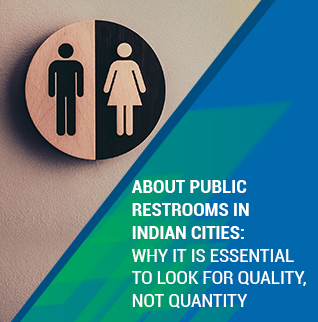



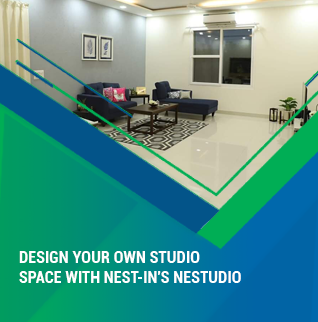






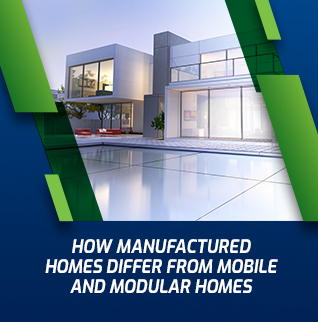























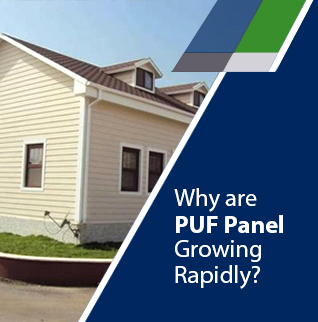





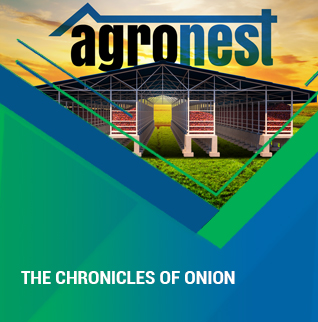

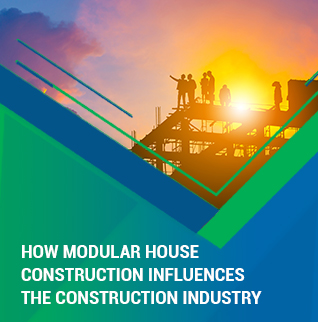







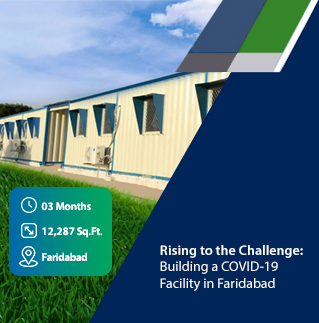




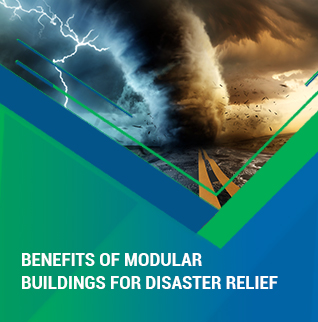

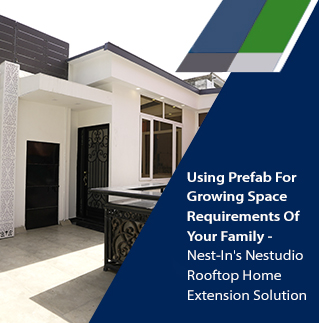




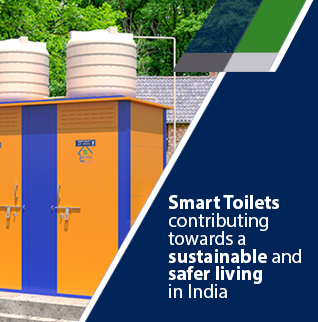







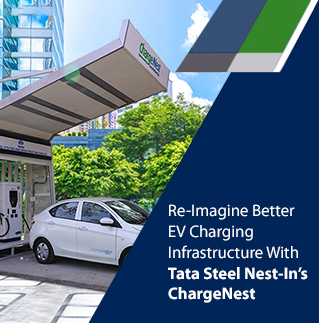




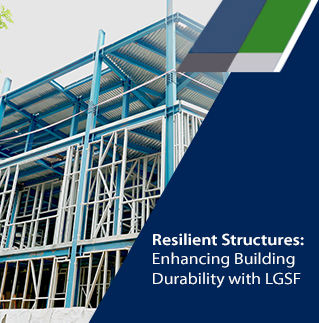

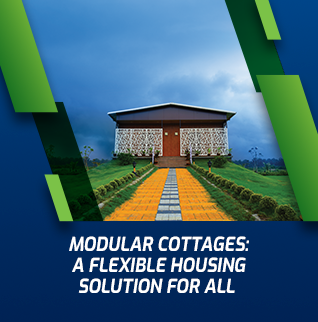












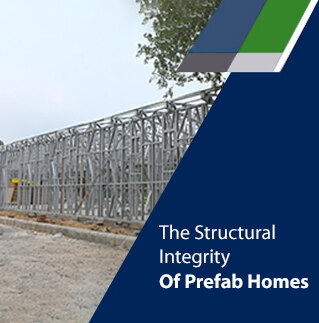















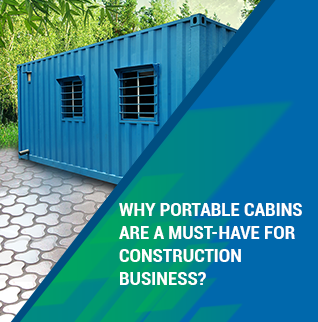

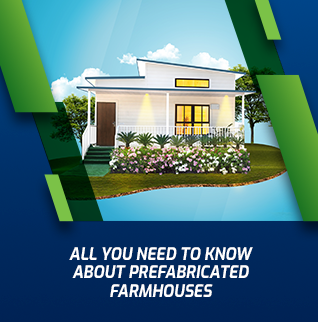
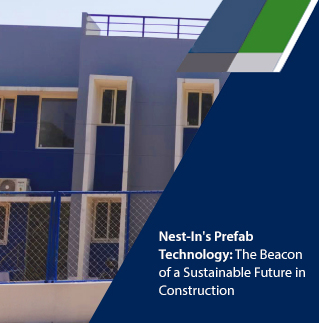




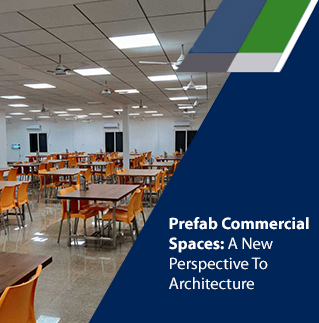
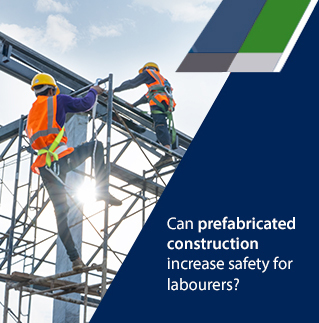












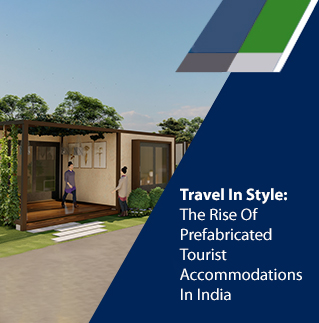




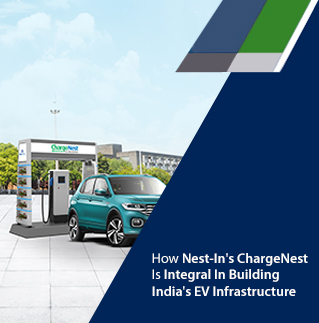
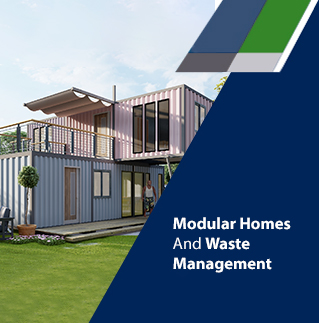







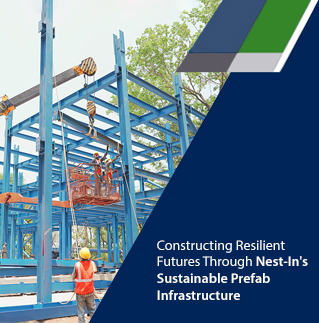



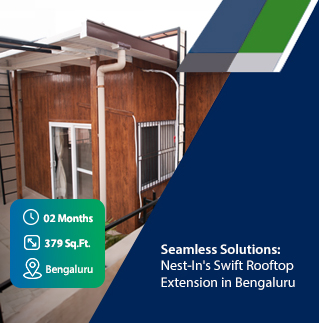






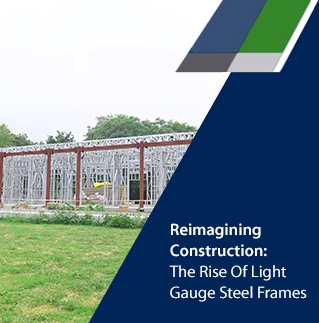












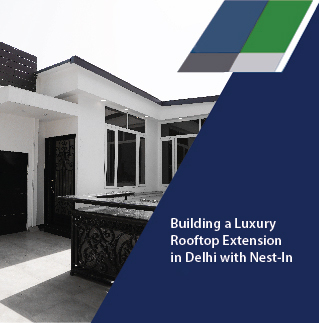












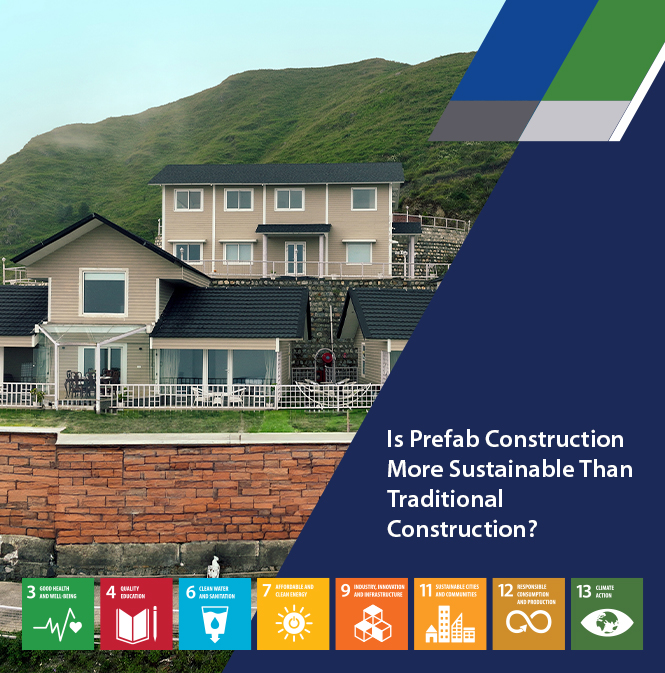


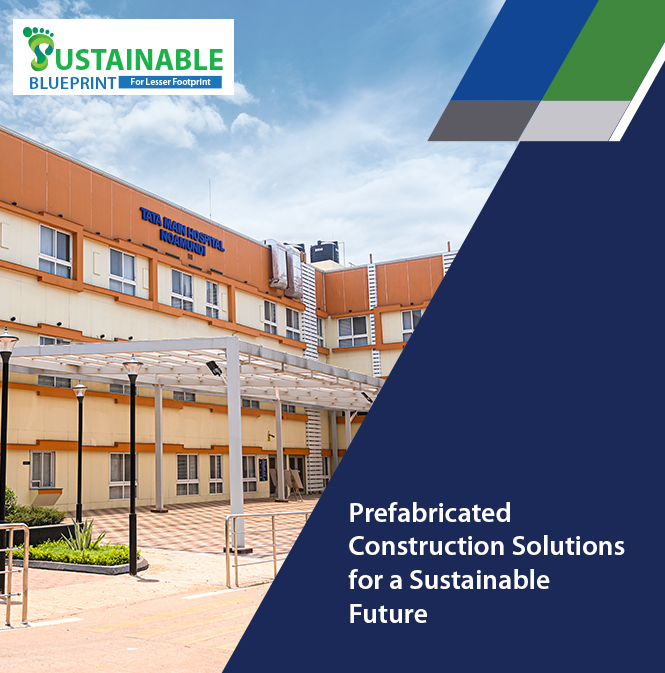
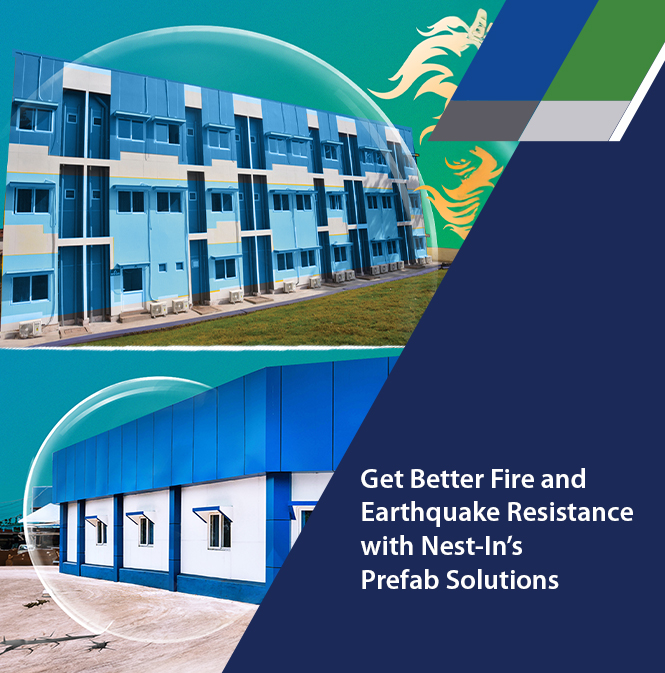













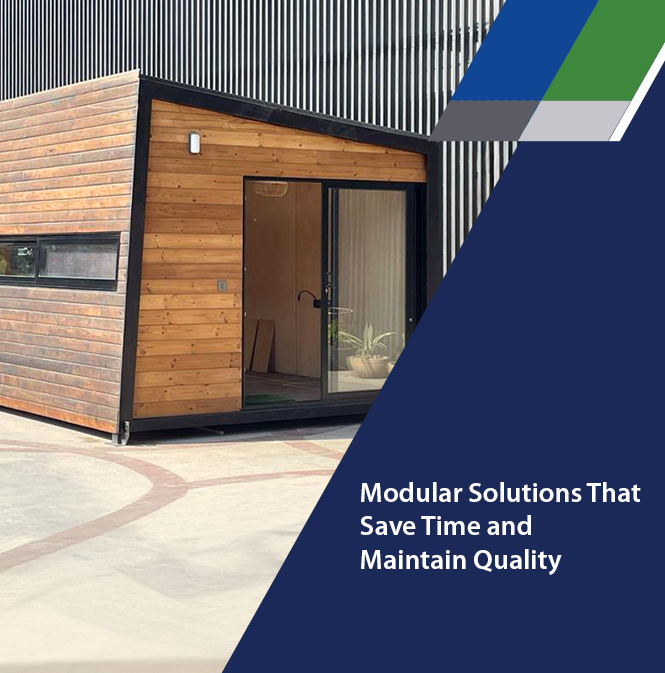




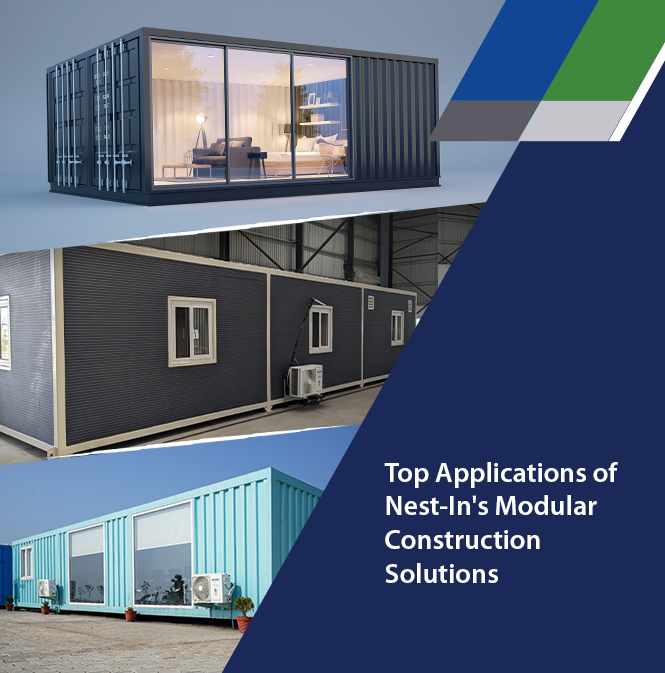




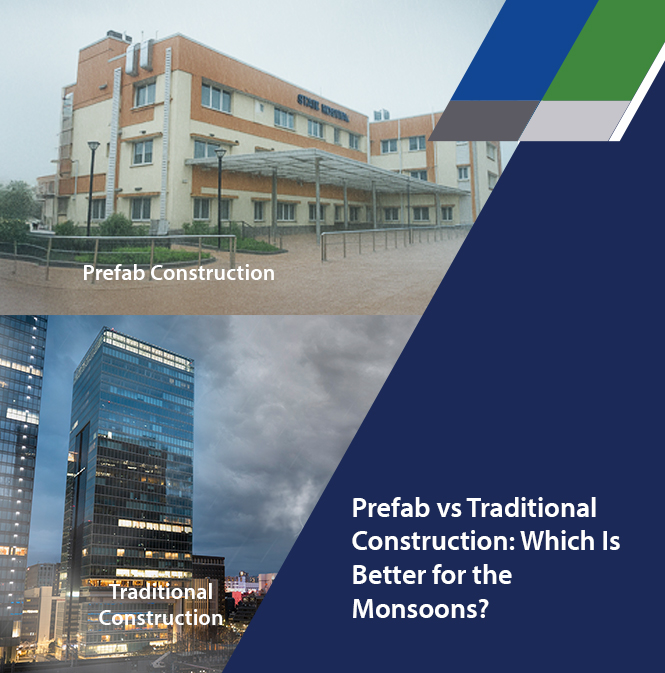




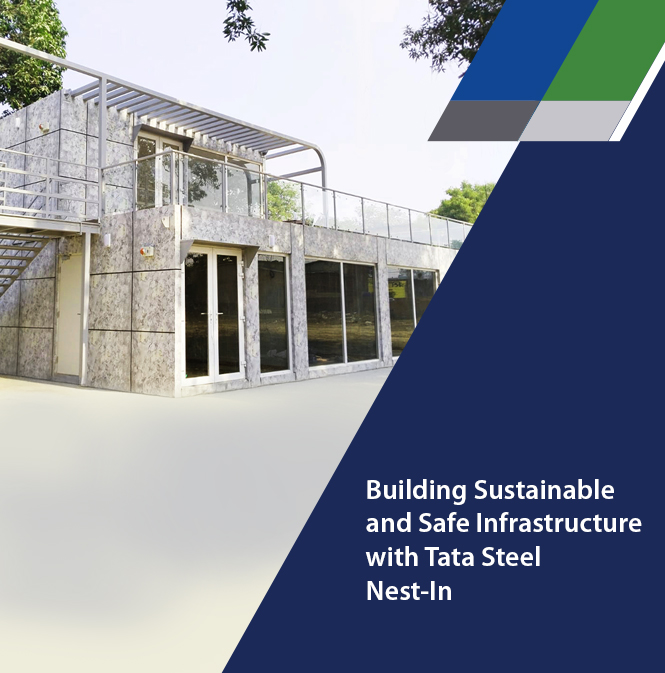

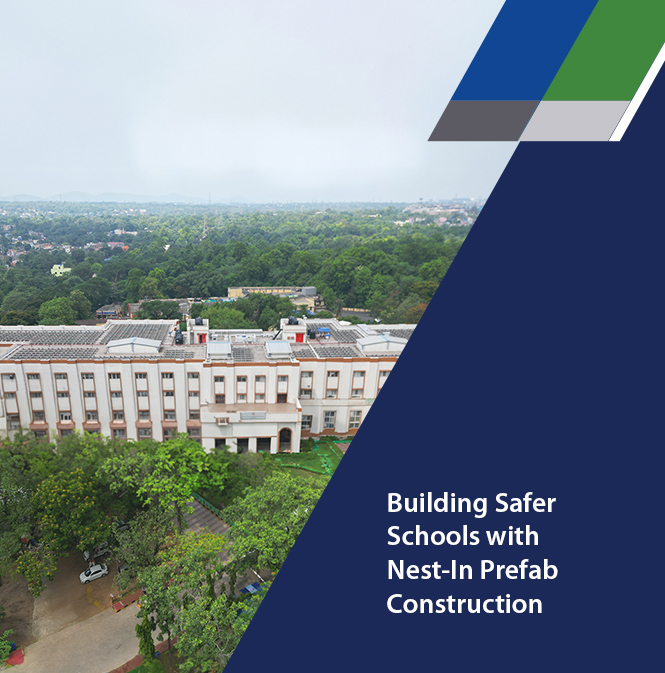
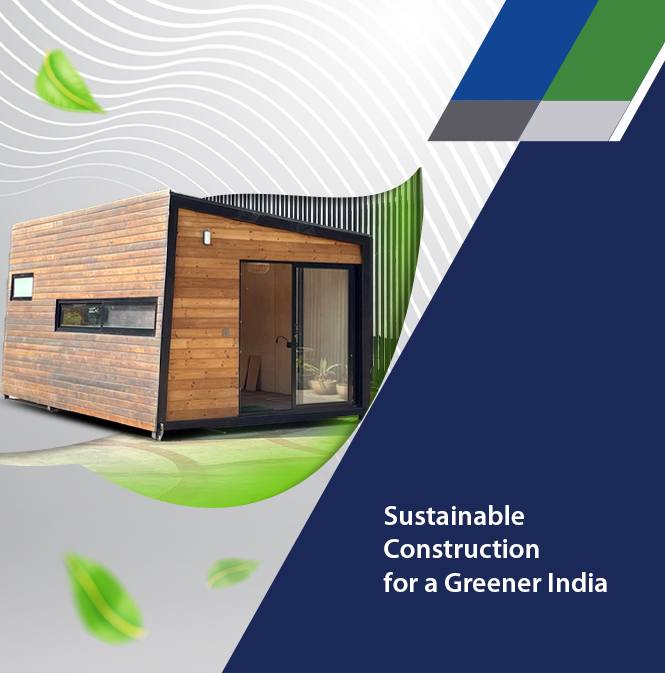




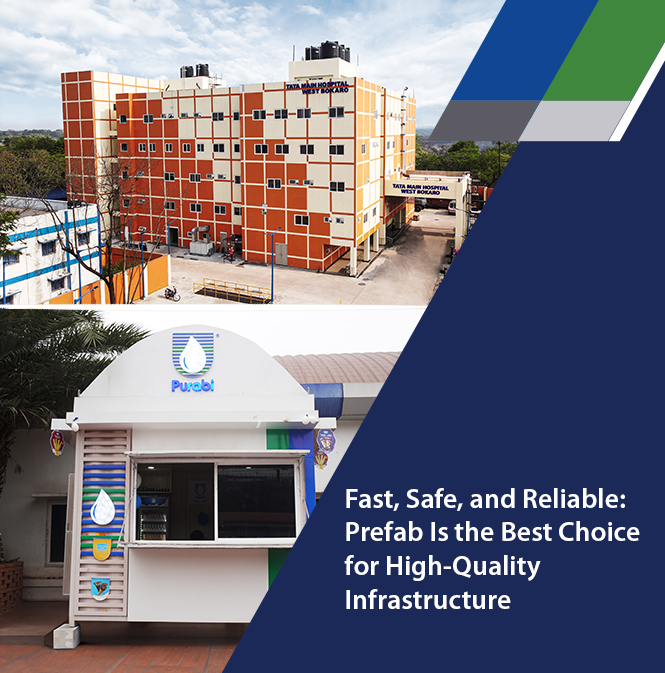


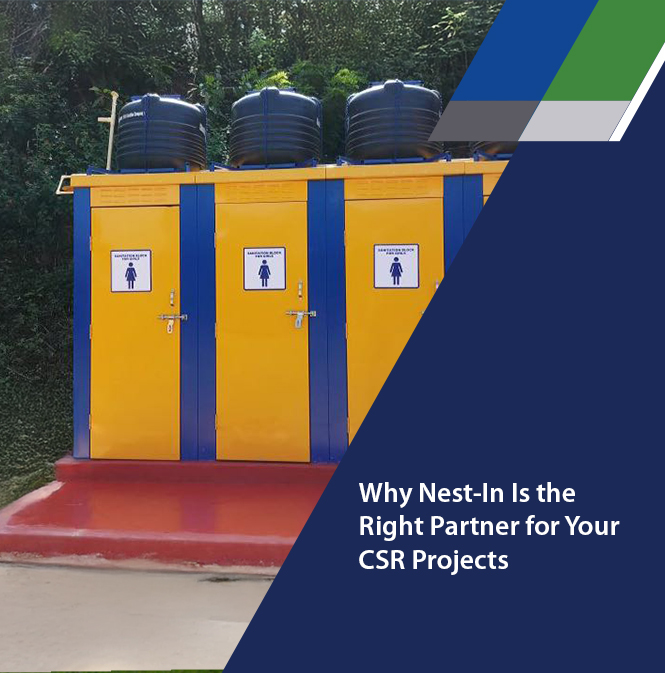

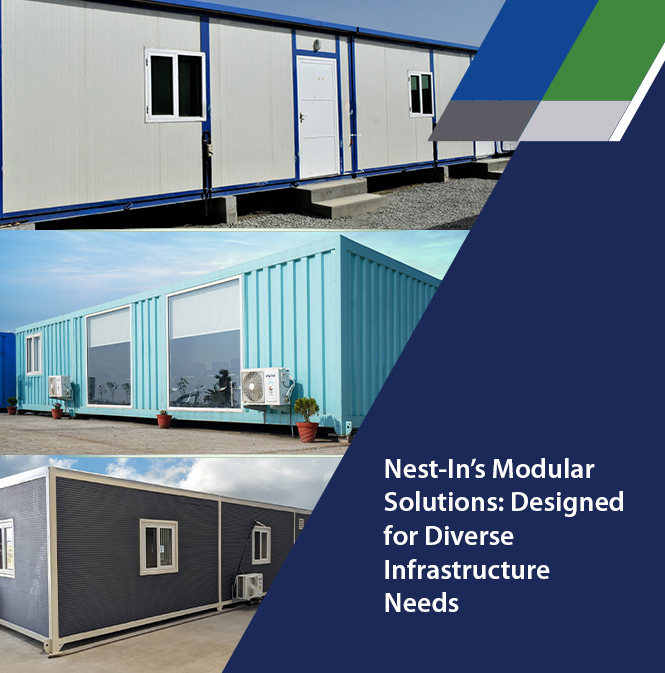



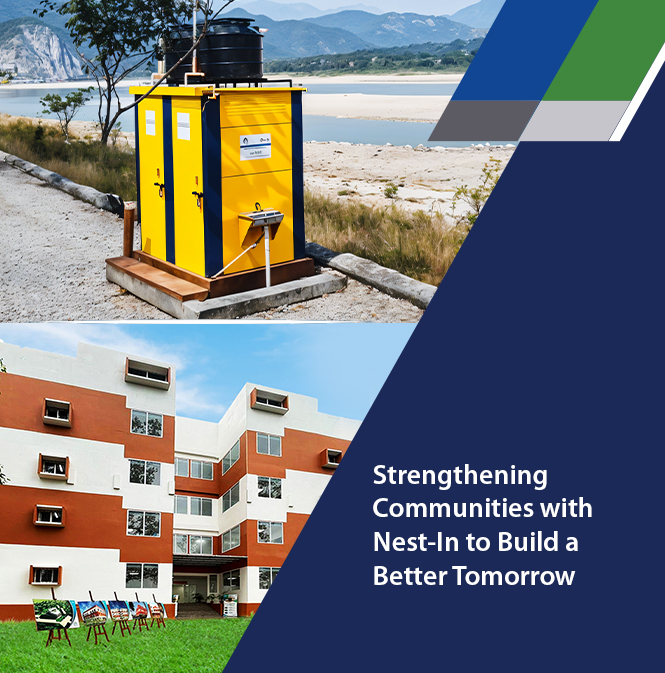





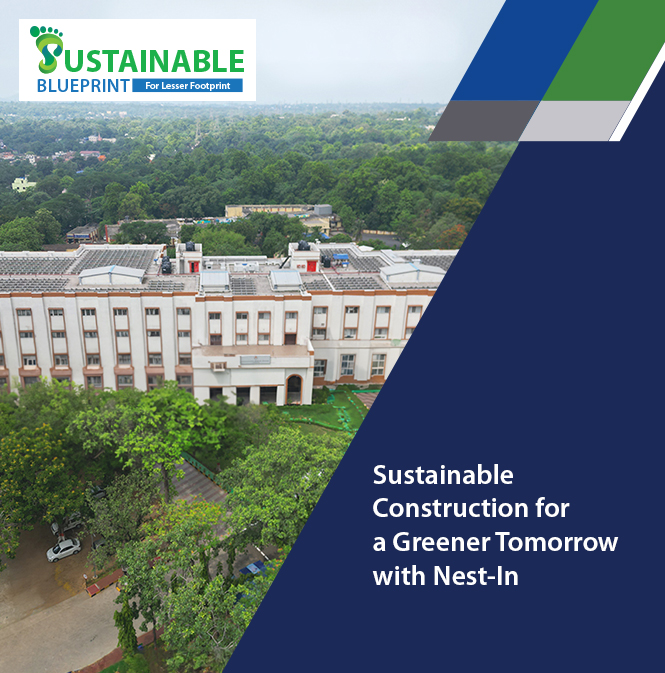
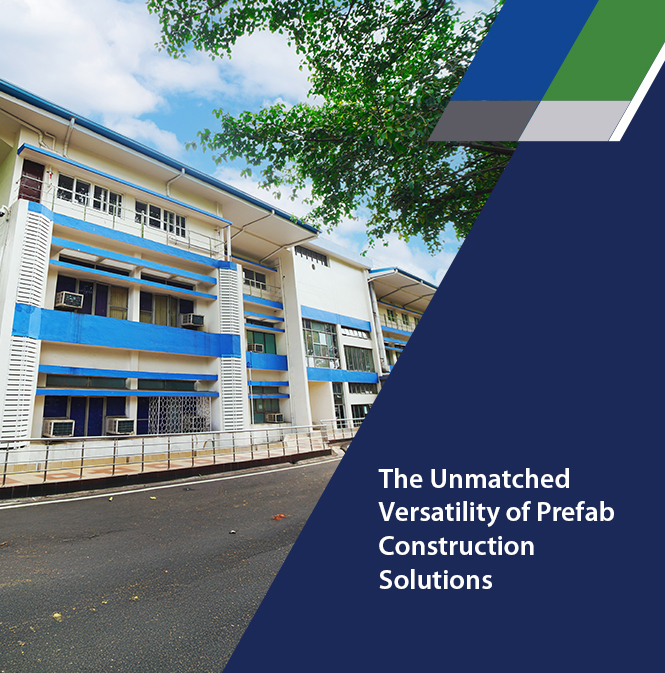





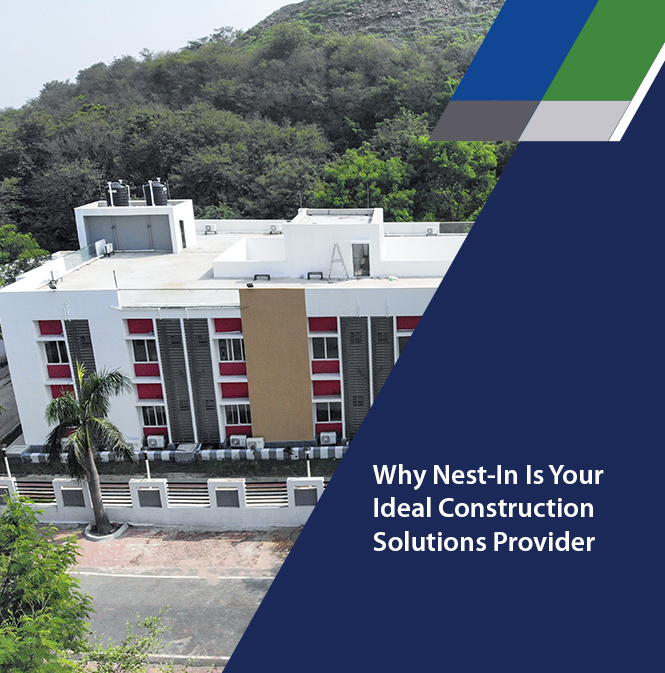
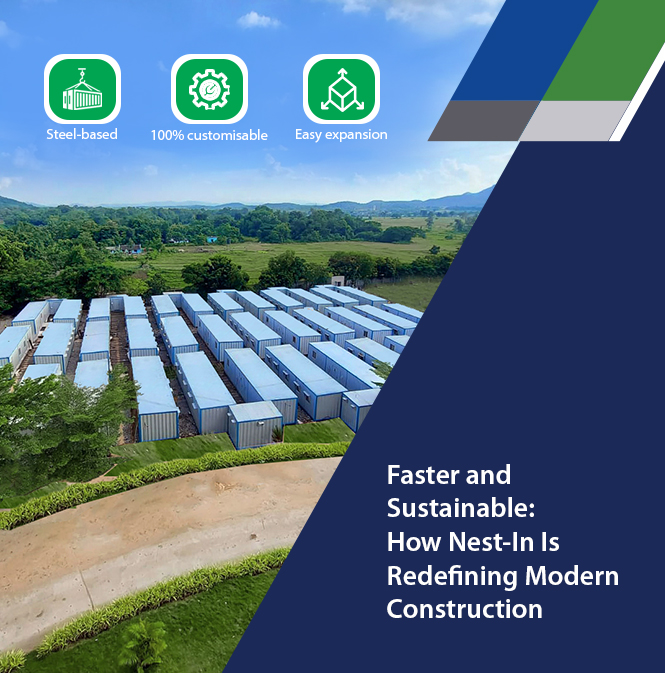
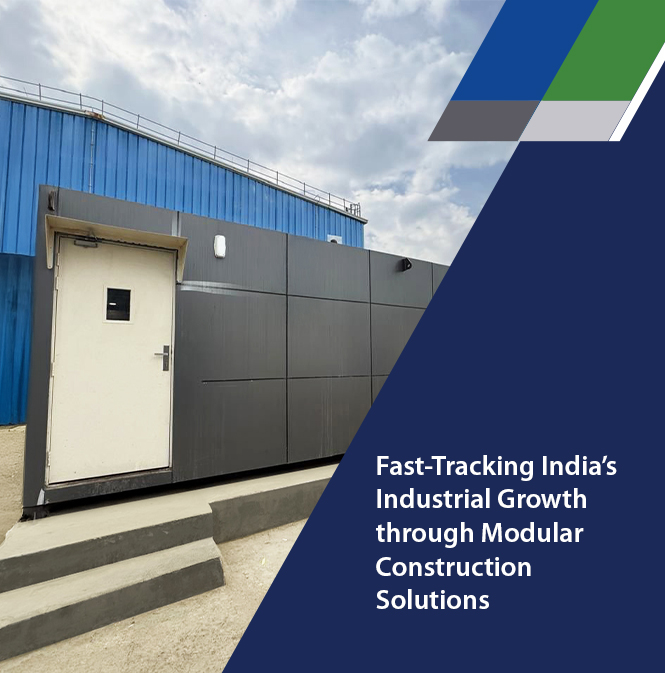


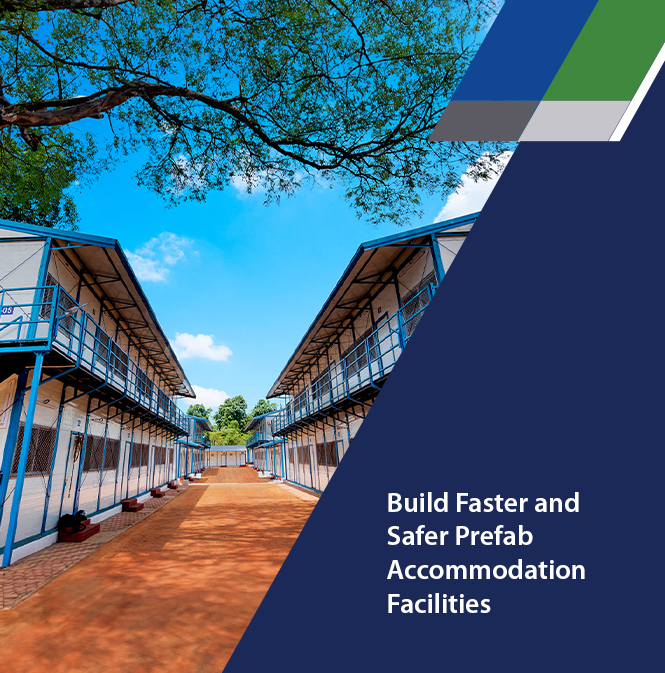










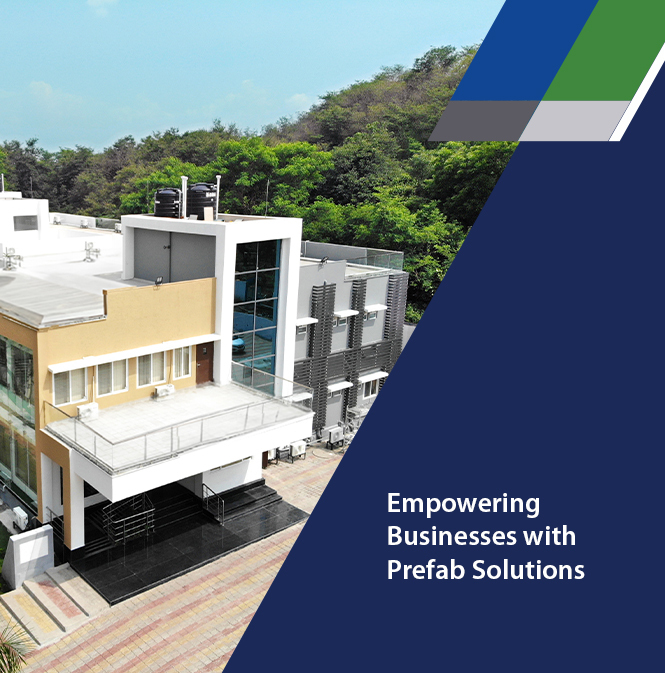



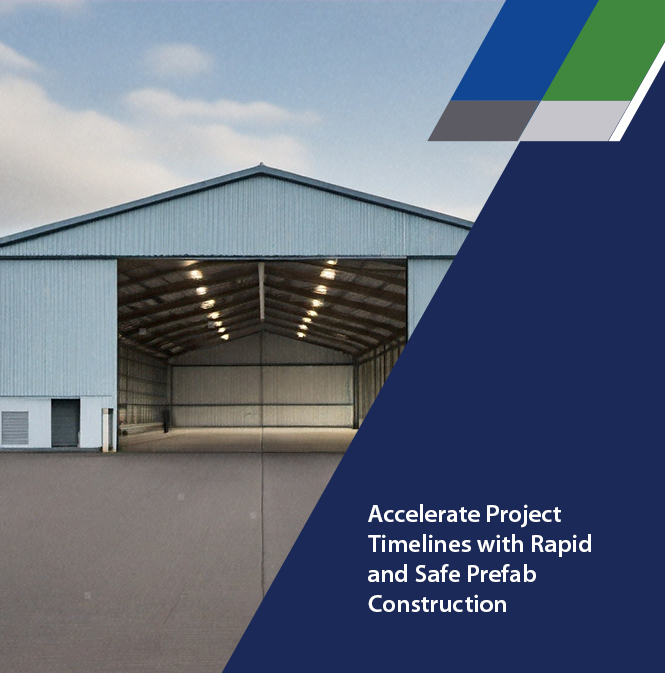



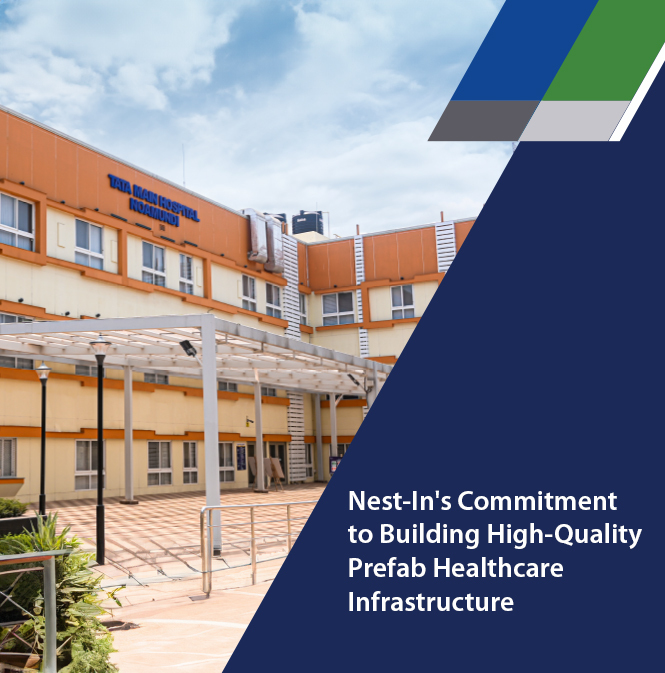
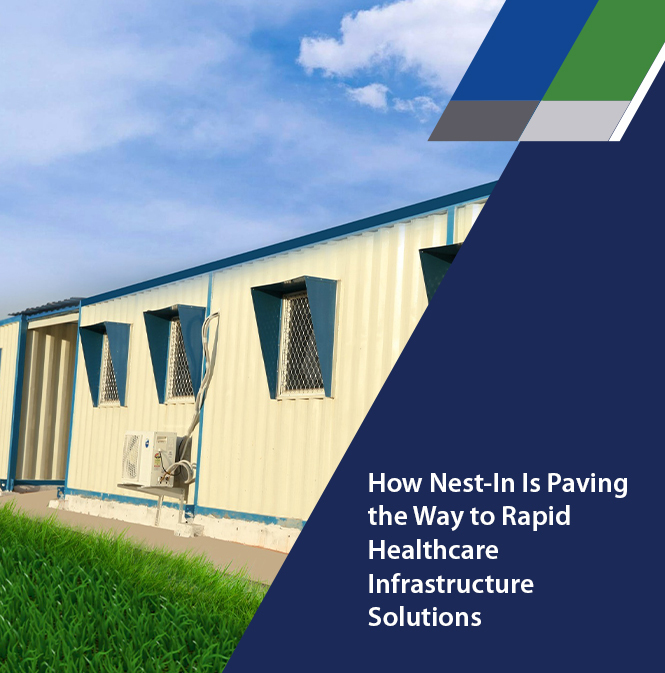








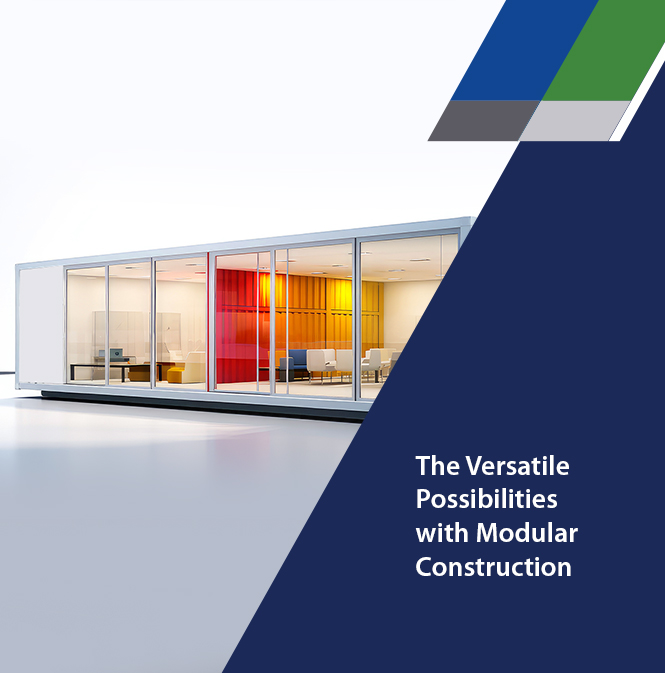
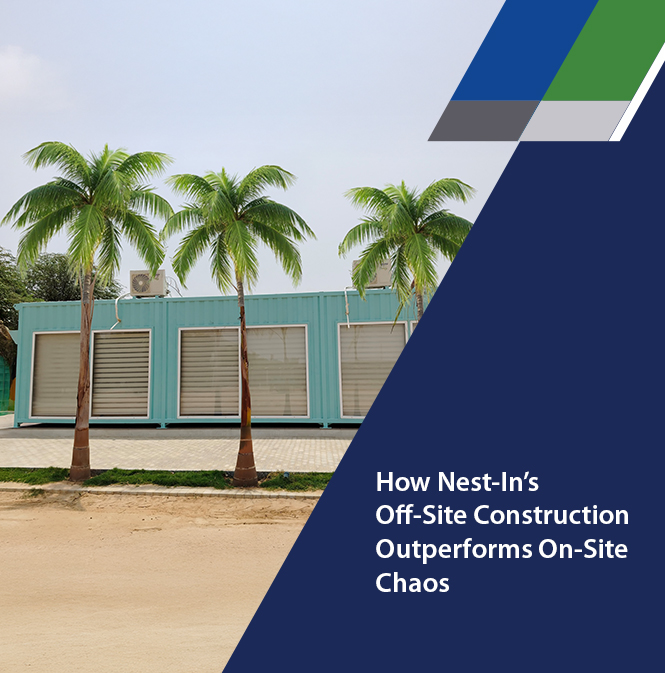
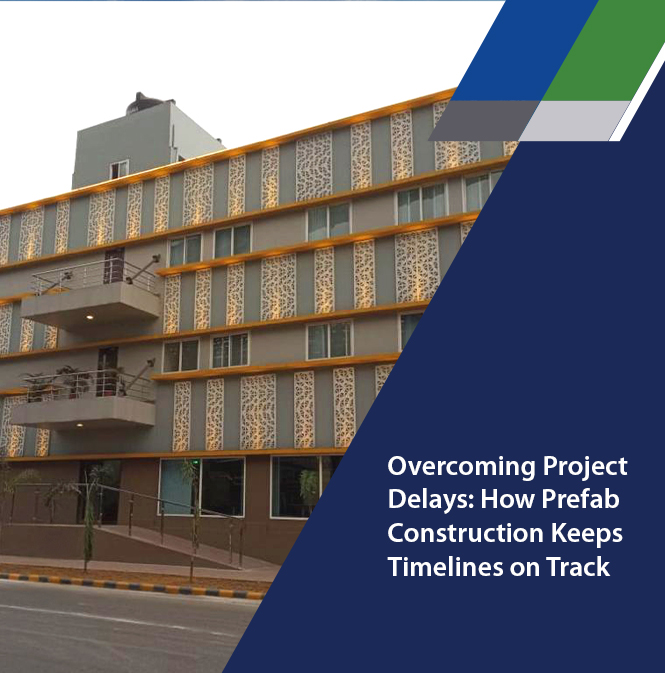
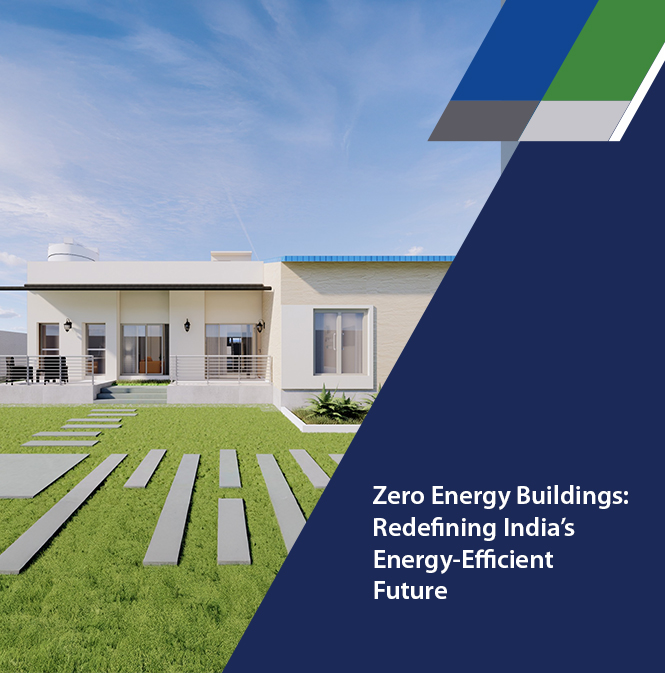








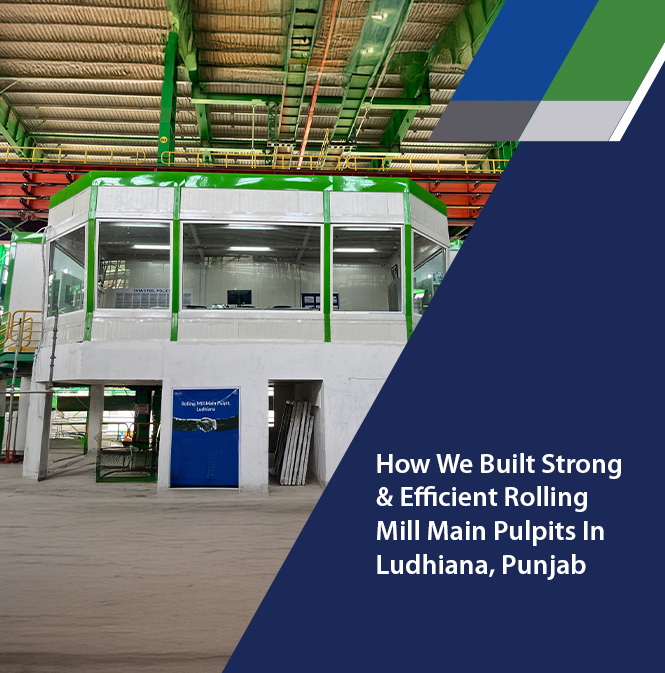
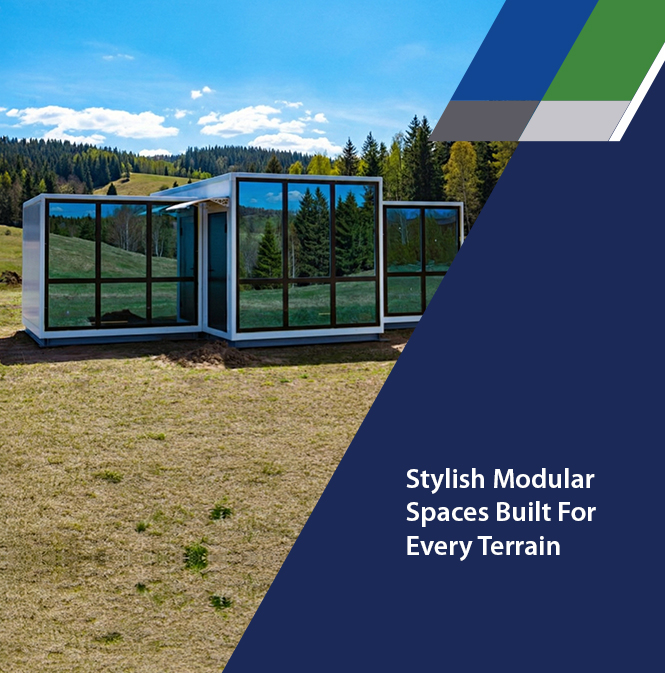



Add comment